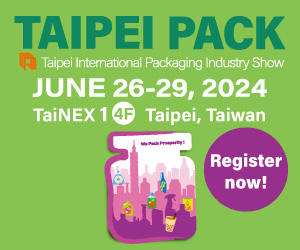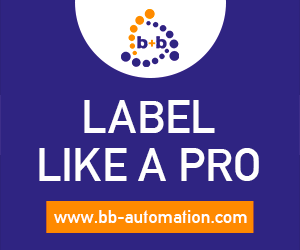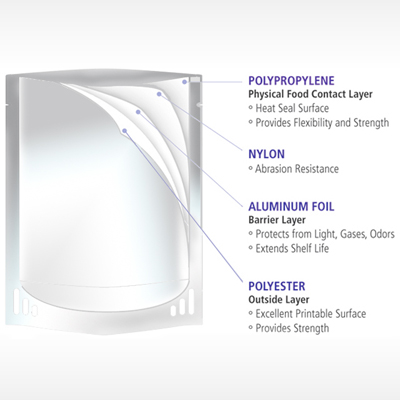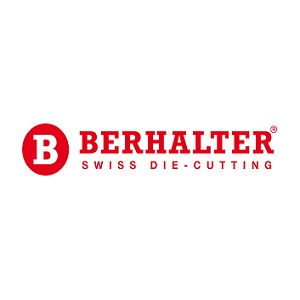Articles
Face change of Packaging since 200 years
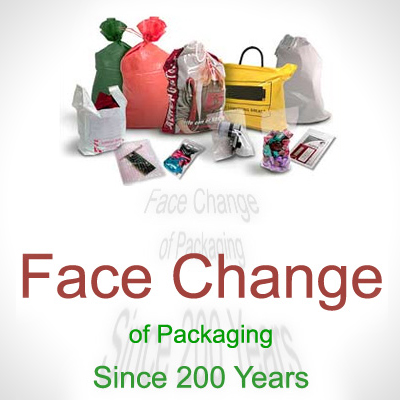
Packaging as defined as: a means of safely and cost effectively delivering products to the consumer in accordance with the marketing strategy of the organisation, by many theorists, today has a very different meaning.
Packaging is more specifically focused to Containment, Protection, Preservation, Convenience, Presentation, Brand communication, Promotion, Economy, Environmental responsibility.
The past 200 years have seen the packaging evolve from a simple container for the product to becoming an important element of total product design - for example, the extension from packing tomato ketchup in glass bottles to squeezable multi-layer plastic bottles with oxygen barrier material for long shelf life. This is a complete chnage over from containers, bottles to pouches and sachets.
An overview of some developments in packaging during the past 200 years is given below.
- 1800-1900s: Sealed glass jars, soldered tinplate canister, the paper bag-making machine, the use of corrugated materials, the use of lined corrugated materials, the first machine-made folding carton, the Crown cap for glass bottles, the idea of fully automatic bottle making.
- 1900s 1950s: Paraffin wax coated paper milk containers, Waxed paperboard cartons were used as containers for cream, regenerated cellulose film (RCF), commercialised the paper bottle, a folded blank box called Pure-Pak, commercialised the use of frozen foods in retail packs using cartons with waxed paper wrappers, the cellulose casting process and introduced their product, Cellophane, ethylene was first polymerised commercially, aerosol containers were used by the US military to dispense pesticides.
Later, polyvinylidene chloride (PVdC) - often referred to as Saran - was used as a moisture barrier resin, the retort pouch for heat-processed foods was developed originally for the US military, the Jif squeezable lemonshaped plastic pack of lemon juice was launched, Tetra Pak launched its tetrahedral milk carton.
The two-piece drawn and wall-ironed (DWI) can was developed in the USA for carbonated drinks and beers; the Soudronic welded sideseam was developed for the tinplate food can; tamper evident bottle neck shrink-sleeve was developed aluminium roll-on pilfer-proof (ROPP) cap was used in the spirits market; tin-free steel can was developed. - 1960s - 2000s:The ringpull opener was developed for canned drinks by the Metal Box Company, Tetra Pak launched its rectangular Tetra Brik Aseptic (TBA) carton system for long-life ultra-heat treated (UHT) milk. The TBA carton has become one of the world's major pack forms for a wide range of liquid foods and beverages. The bar code system for retail packaging, boil-in-the-bag frozen meals were introduced.
PVC was used for beverage bottles; frozen foods in microwaveable plastic containers, bag-in-box systems and a range of aseptic form, fill and seal (FFS) flexible packaging systems were developed.
The injection stretch blow-moulded PET bottle which was used for colas and other carbonated drinks was developed. Co-extruded plastics incorporating oxygen barrier plastic materials for squeezable sauce bottles, and retortable plastic containers for ambient foods that could be microwave heated. PET-coated dual-ovenable paperboard for ready meals.
Today, Digital printing of graphics on carton sleeves and labels for food packaging, shrink-sleeve plastic labels for glass bottles have been rapidly adopted by the drinks industry; shaped can technology has been more widely adopted in the USA and Europe as drinks companies sought ways of better differentiating their brands.
The latest developments in Food Packaging:
In response to changing consumer lifestyles, large retail groups and food service industries have evolved. Their success has involved a highly competitive mix of logistical, trading, marketing and customer service expertise, all of which is dependent on quality packaging. The retailing, food manufacturing and packaging supply industries are continuing to expand their operations internationally.
Packaging combined with developments in food science, processing and preservation techniques, has been applied in a variety of ways to ensure the safety of the consumer and integrity of the product. The success of both packaging and food technology in this regard is reflected by the fact that the contents of billions of packs are being safely consumed every day.
Few recent developments:
- Active packaging
Active packaging involves an interaction between packaging and food product to extend the shelf life of that product, usually by the addition of active agents into the packaging container or film, such as scavengers for oxygen, carbon dioxide and ethylene, and moisture absorbers. - Intelligent packaging
Intelligent packaging can be defined as "packaging systems that are capable of carrying out intelligent functions (such as detecting, sensing, recording, tracing, communicating, and applying scientific logic) to facilitate decision making in terms of extending shelf life, enhancing safety, improving quality, providing information, and warning about possible problems." Intelligent packaging systems contain internal or external sensors for monitoring external conditions (like temperature) or indicator compounds (like volatiles) from the food that can indicate the quality status of that food. The sensors can be linked to RFID-tags to communicate this information throughout the entire supply chain process. - Renewable resources
Today more and more, agrofood companies explicitly ask for a bio-based packaging solutions, since green materials will be standard in the future. These bio-based materials are based on naturally occurring polymers like starch, cellulose or proteins, but also about polymers made by microorganisms like polyhydroxyalkanoates (PHAs) or polypeptides, and, last but not least, about polymers made from bio-based building blocks like polylactic acid or furan- and isosorbide-based polymers. - Polylactic acid
One of the bio-based materials FBR is working on is polylactic acid (PLA). One project is focused on the improvement of the properties of single and multilayered PLA films. The latest generation of PLA foil is now transparent, glossy and strong, and it breathes well. Furthermore, compostability has been researched. These properties make this foil highly suitable for various applications, such as on vegetables and fruit. - Packaging laboratory
The packaging laboratory may help packaging users to select the most optimal packaging for their products while supporting packaging producers in marketing the added value of their products.
Packaging is both strategically and tactically important in the exercise of the marketing function. Where brands compete, distinctive or innovative packaging is often a key to the competitive edge companies seek.
Packaging should be considered as part of the process of product manufacturing and distribution, and the economics of the supply chain should be taken into account in all those operations - including packaging - involved in the delivery of the product to the final user.





